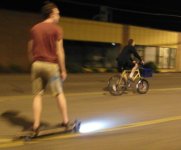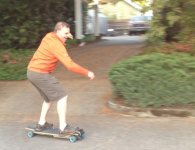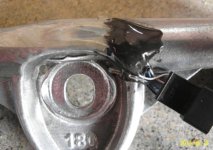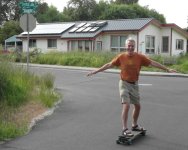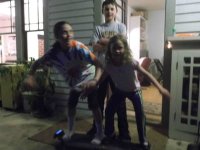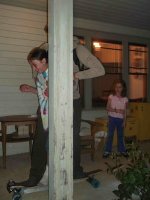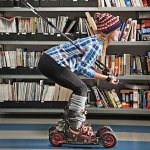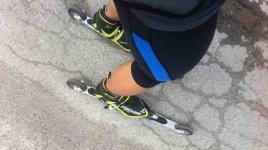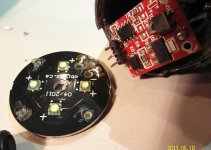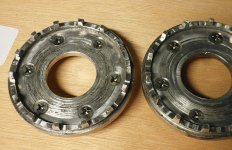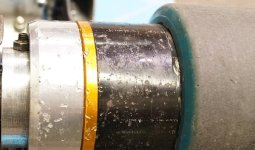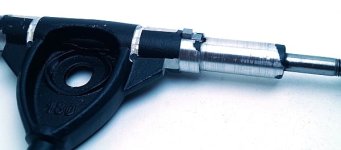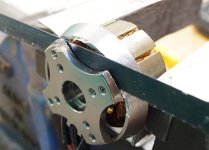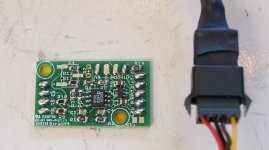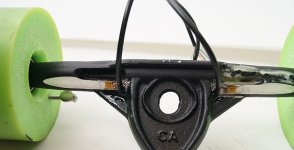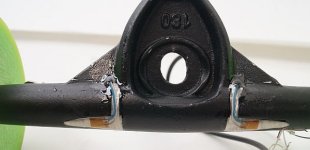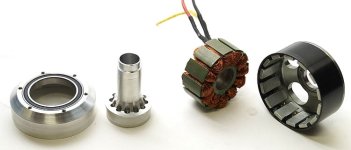bandaro said:It's interesting how you have the motor mounted to the wheels, I was avoiding having things mounted that low as I was worried about them hitting rocks or bottoming out, do you have to nurse it much/be very careful what you run over to keep the motors clear?
As they are right now, they run a little close to the ground and definitely hit smaller rocks they you normally wouldn't worry about. Since the motors are spinning, they just roll over without much problem but the motor shells are getting pretty nicked up. What I'd like to have is a ~3-4mm thick tough rubber sleeve over the motor, so that when it does bottom against something it has cushion to absorb the blow just like the urethane wheels do. It would also be possible to further seat motor inside the body of the main skateboard wheel and reduce the exposure that way.
As for the weight activated power, have you taken the board on some downhill runs to see what it does when you slide/throw it around?
We'll need to find someone who knows how to slide and throw around a board to tell us! That's a skill level that I don't have yet, but I'm hoping there are some people at the Maker faire who will be able to put it through those kind of paces. The good news is that there is no need for a downhill run, the motors will handily look after that detail.
I take it dancing with this type of throttle would be impossible?
It would just add a new element to your dance routine, where the location of your center of gravity as you move around is also controlling the board's acceleration, just like as you dance sideways you control the steering. I haven't succesfully surfed on the waves before, but those who have said that the handling felt just like catching a wave, where you can speed up and slow down by moving weight to the nose and tail respectively.
And that breaking ability... the lane isn't nearly wide enough to carve/slide
I'm in awe whenever I see longboarders in Vancouver weave through traffic and slide to a stop at intersections, but for the rest of us electrical regen braking is like a godsend.


